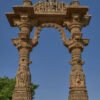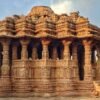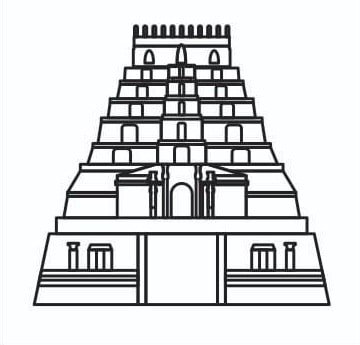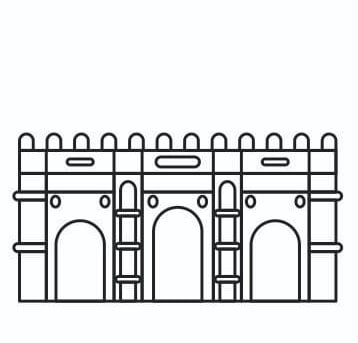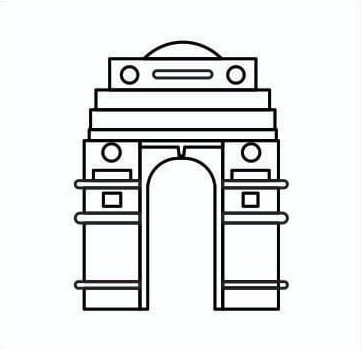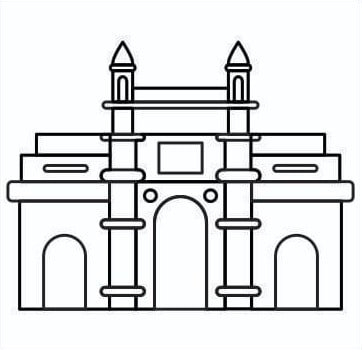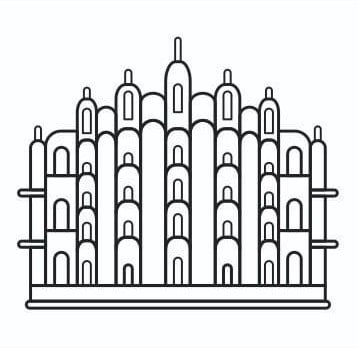Monument – Sarkhej Roza, Ahmedabad
Built by – Mehmud Begada
Built in – 1451
“Sarkhej Roza is one of the most original architectural complexes of Ahmedabad and Gujarat. It is an example of the early Islamic culture of the region, fusing Islamic stylistic influences from Persia with Hindu and Jain architectural features to form what is known as the ‘Indo-Saracenic’ style of architecture.
At the time of Ahmedabad’s founding, Sarkhej was primarily inhabited by indigo dyers and weavers. Sarkhej became renowned when Sheikh Ahmed Khattu, the revered Sufi saint, settled there. Sheikh Ahmed Khattu was an advisor to Sultan Ahmad Shah, who founded Ahmedabad and belonged to the Muzaffarid dynasty.
Sheikh Ahmed Khattu lived to the age of 111, and upon his death in 1445 CE, the then-ruling king Muhammad Shah called for the construction of a mausoleum (Roza) along with a mosque to commemorate him.
Conceived as the ‘khanqah’ (a place for spiritual retreats) of the saint, the Roza complex was built in many phases and was eventually completed by Mehmud Begada. It is an appropriate example of Indo-Saracenic architecture, where Hindu construction techniques were infused with the Islamic sense of scale and geometry. The eventual fusion and spatial organization remain very Indian.
“Why do you need to visit the Acropolis in Athens when you have this here?” These were the words that the Sarkhej Roza elicited from the famous French architect Le Corbusier in the 50s. Ever since the dynamic monument has come to be dubbed Ahmedabad’s Acropolis.
The monument complex is unique in more ways than one, as till today, both Hindu and Muslim communities living in the nearby areas visit the dargah of Sheikh Ahmad Ganj Baksh Khattu.”
Photo Courtesy – media.istockphoto.com

